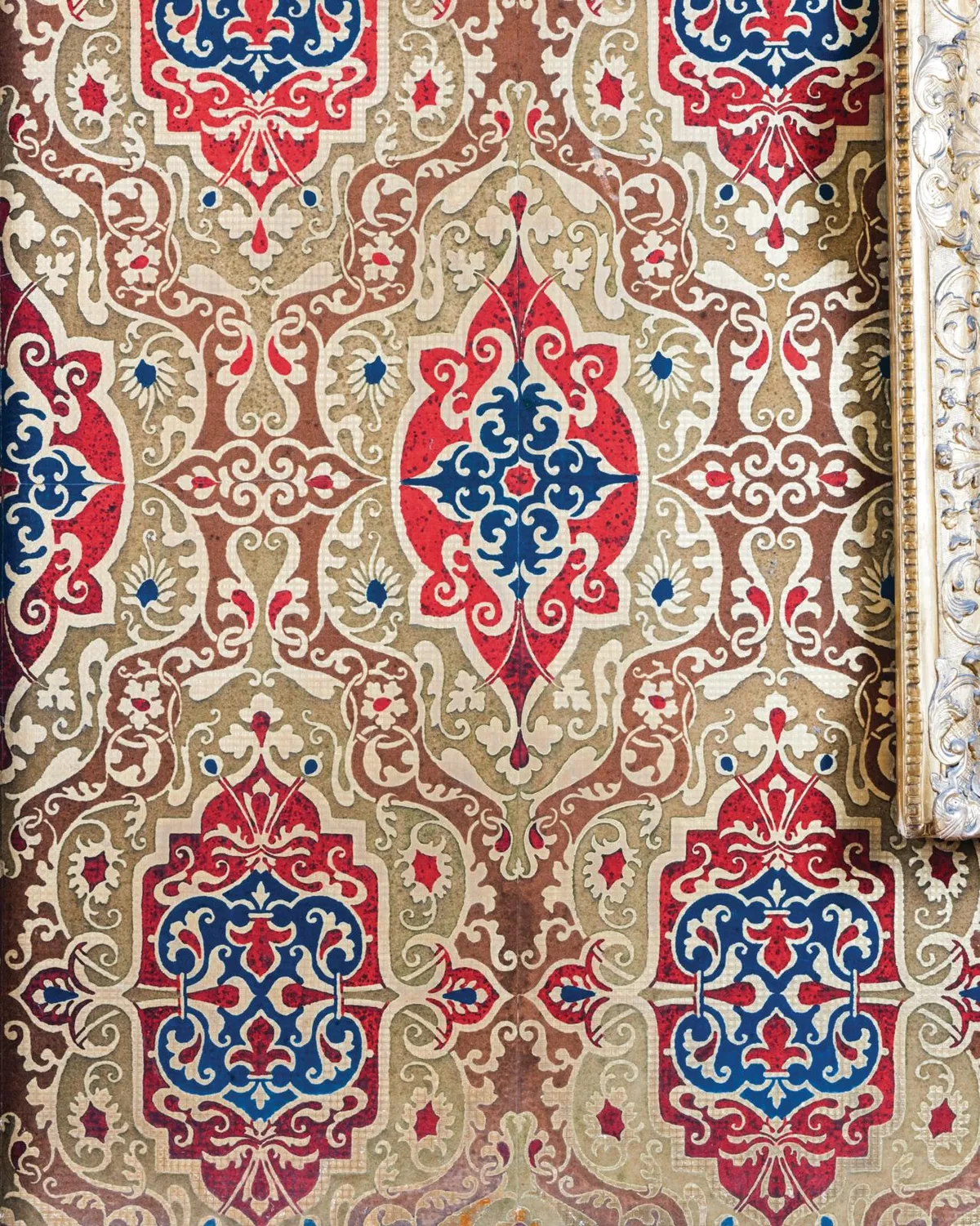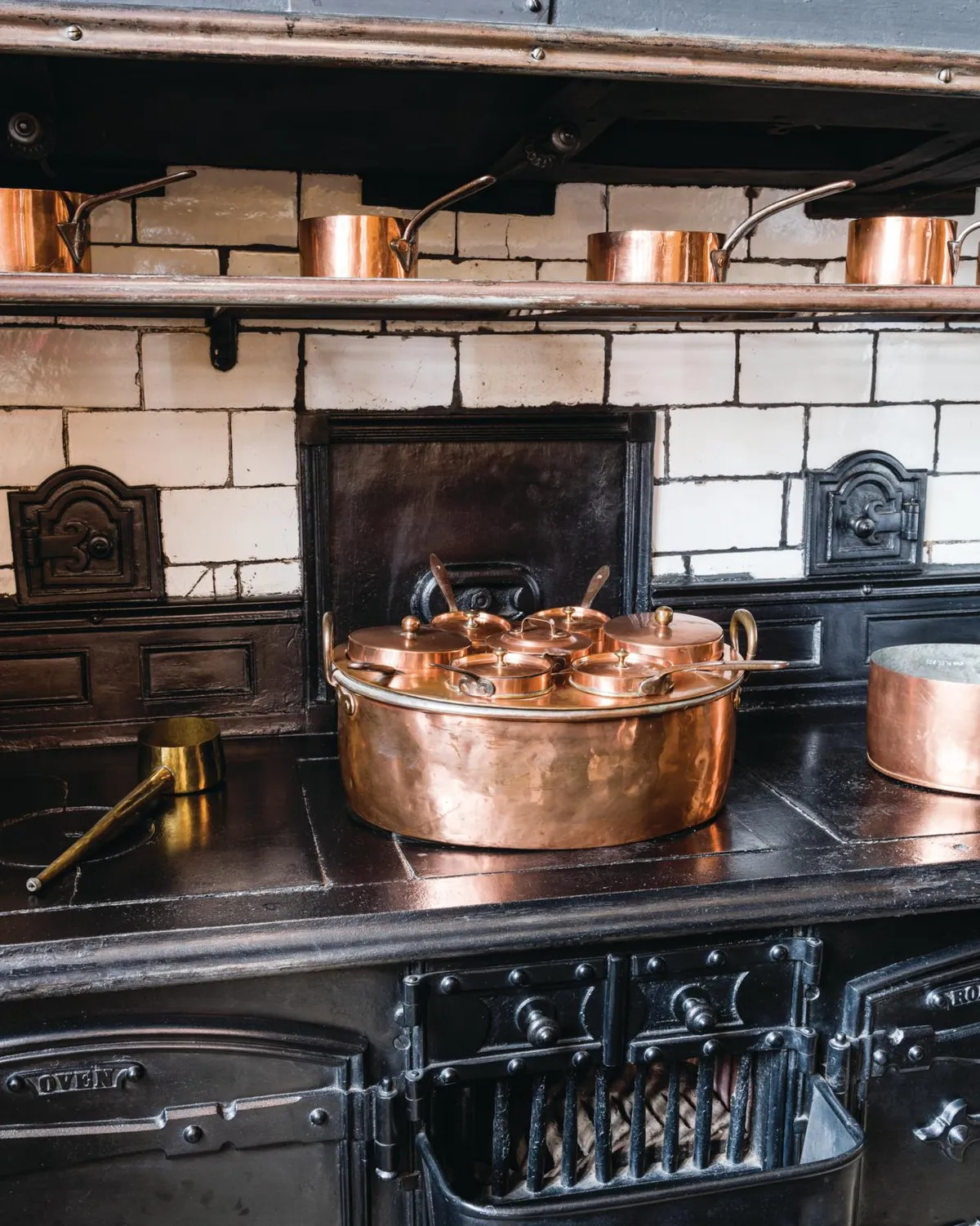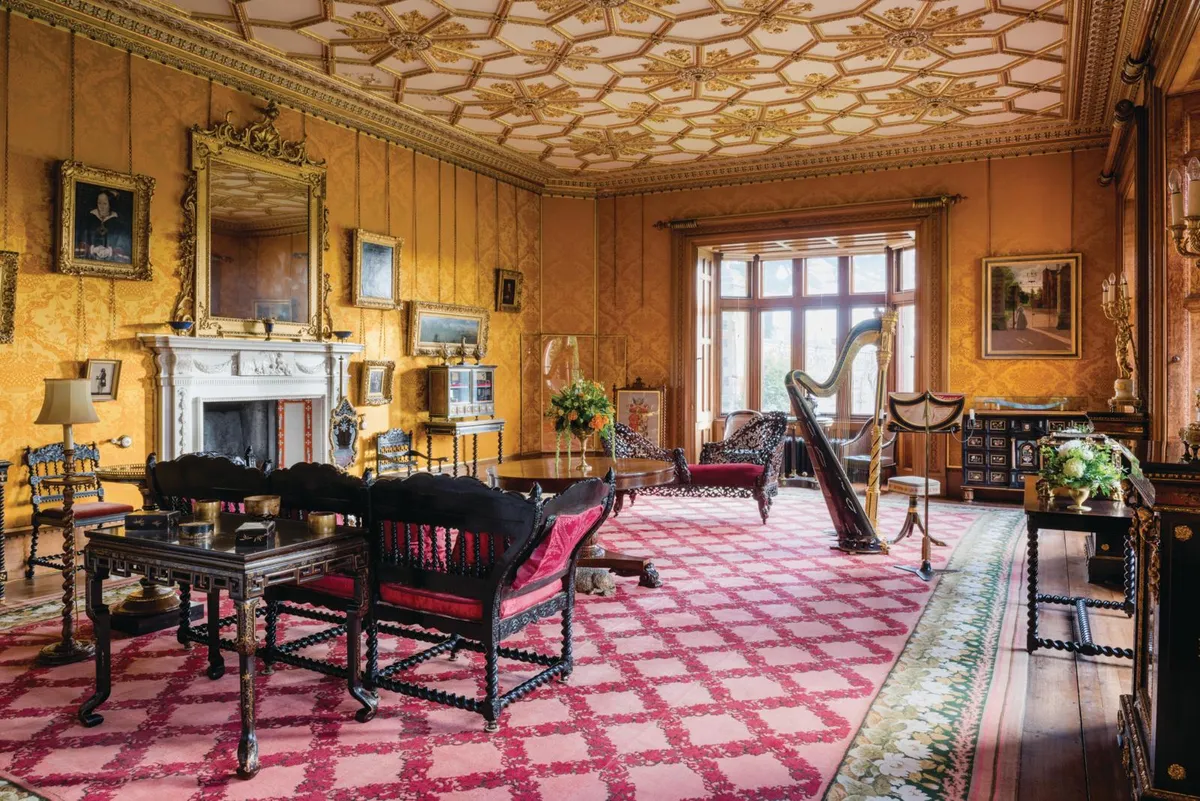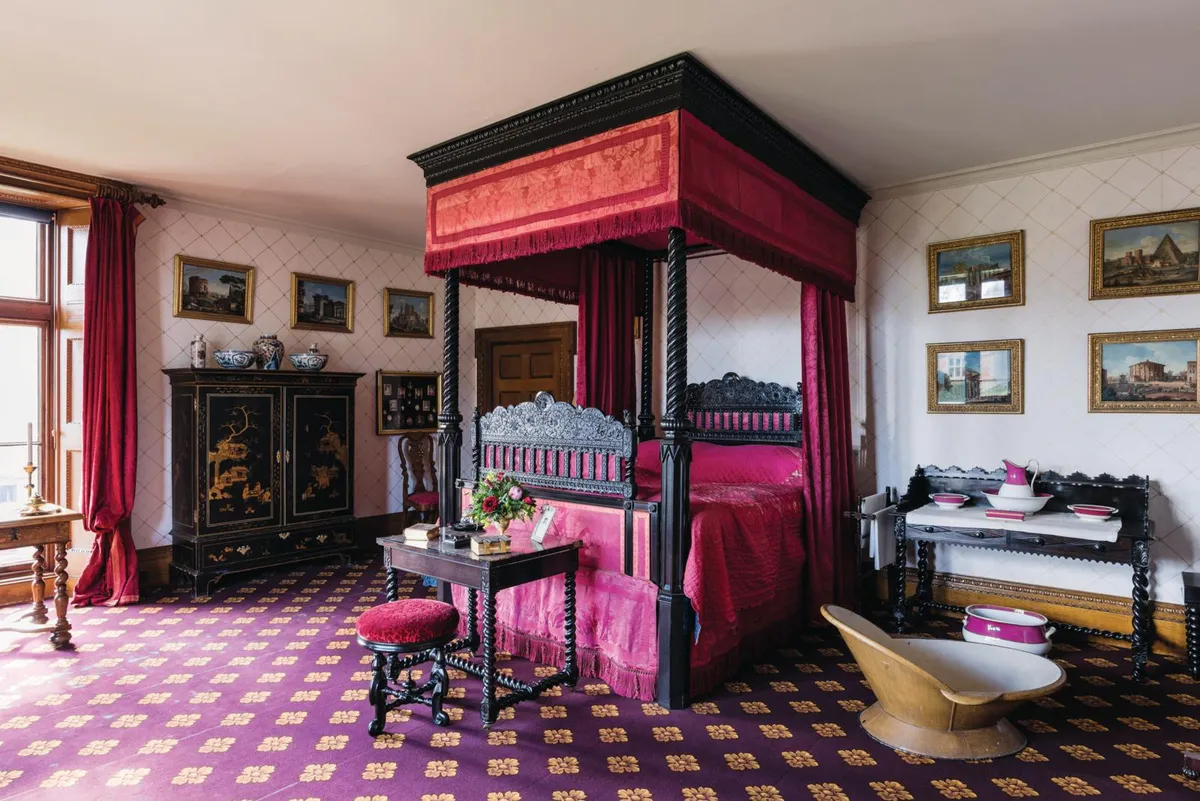When visiting the splendid Charlecote Park, the honey-coloured Warwickshire mansion that has been the Lucy family home for nearly 500 years, the American novelist Nathaniel Hawthorne proclaimed it ‘a most delightful place’. The author of The Scarlet Letter was a guest in the mid 19th century and described the interiors as ‘perfection’. He wrote that such a house ‘could have been brought about only by the slow ingenuity and labour of many successive generations’.
Charlecote’s Victorian owners, George and Mary Elizabeth Lucy, would no doubt have been delighted with this praise. It was, after all, they who carried out the extensions and renovations that transformed George’s family seat on the banks of the River Avon, a few miles from Stratford, from a cold and creaking Elizabethan country house – once visited by Queen Elizabeth I herself – into a lavish and comfortable Victorian family home.
But they also saw Charlecote as the shared endeavour of a lineage, and in creating the Charlecote that exists today – and where, in the south wing, the family still live – they paid homage to its Tudor origins, introducing many faux Elizabethan features and decorative flourishes in the fashionable 16th-century style.
‘George felt that the golden age of the house had been at the time of the first Sir Thomas Lucy, who built the Tudor brick mansion between 1551 and 1558, and he wanted to recreate that atmosphere for his family,’ explains Neil Chandler, lead day guide at Charlecote. George’s wife, Mary Elizabeth, had similarly ambitious plans, finding the house with its small, rattling window panes and worn stone floors, cramped, cold and lacking in comfort.
You might also like a careful restoration of a characterful Tudor cottage
Beginning in the 1830s, the couple embarked on an extensive programme of improvements that saw them add, amongst other things, a new dining room and a library. The Great Hall, the first room entered by visitors, would, in the 16th and 17th centuries, have been the main reception room and it was here that Queen Elizabeth I was received when she visited the house in 1572. The Hall today, with its barrel-vaulted ceiling and gallery of stags’ heads and family portraits, is certainly an impressive sight, but, says Neil, much of the wow factor was introduced by George and Mary Elizabeth. ‘The ceiling’s effect is of carved wood, but in fact it’s all painted plaster,’ Neil explains. ‘Likewise, the walls may look like stone, but they are actually brick covered in plaster.’

The enormous Italian pietra dura (hard stone) table came from the famous Fonthill Abbey sale of 1823, when, with the house on the verge of collapse, owner William Beckford sold its entire contents. ‘The table was made for the Borghese Palace in Rome, and sat there for many years until the Napoleonic Wars. It then disappeared but reappeared in Paris, which is where Beckford acquired it,’ says Neil.
You might also like explore Prideaux Place in Cornwall
The Fonthill sale provided an enormous haul of furniture and objects for Charlecote, with George buying over 60 items from the aesthete and compulsive collector Beckford. The large pietra dura cabinet inlaid with motifs of flowers and fruit in the Drawing Room also came from the sale, but the table is the most important piece. George is said to have outbid King George IV for it, paying a staggering 1,800 guineas (around £80,000 in today’s money) – more than half of the total he spent at the sale.
For the Dining Room, artist Thomas Willement designed a flock wallpaper of crimson, blue and gold, along with a bold Axminster carpet of heraldic motifs. The Dining Room’s fine oak panelling, also designed by Willement, was – as in other rooms – carved by local craftsman JM Wilcox of Warwick, who also made the bookcases for the Library.
The same craftsman’s work is displayed in the most important piece of furniture in the Dining Room: the Charlecote Buffet, a colossal carved oak sideboard made by Wilcox for Queen Victoria. It was bought by Mary Elizabeth after the queen decided she didn’t want it.
Following George Lucy’s death in 1845, and despite increasing financial difficulties, Mary pressed on valiantly with Charlecote’s renovations. The final touches were added in the 1850s when she created the Billiard Room and the Ladies’ Drawing Room. By this time the estate was severely impoverished, however the dream of finishing the project started by George’s ancestors, and creating a spectacular family home that celebrated its Tudor origins, had been triumphantly achieved.













